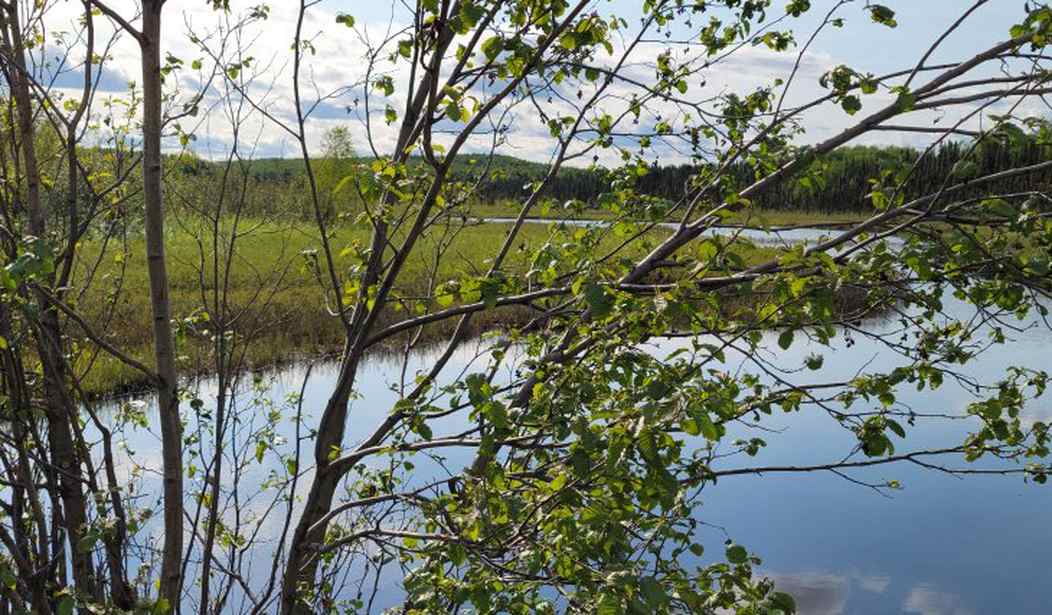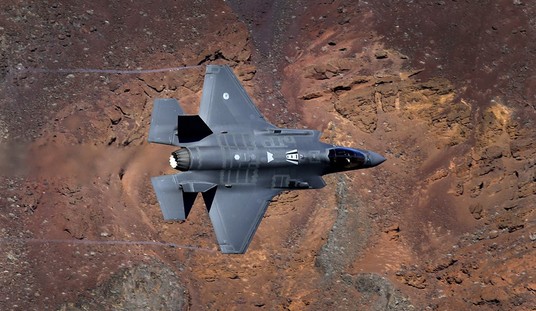Alaska contains some of North America’s greatest energy resources. The Resource Development Council for Alaska, Inc. has the figures:
A U.S. Department of Energy report estimates the recoverable oil reserves on the North Slope to be 22 billion barrels, including reserves from existing fields, as well as undiscovered resources. Natural gas estimates reach as high as 124 trillion cubic feet (tcf).
A revised U.S. Geological Survey assessment of the National Petroleum Reserve-Alaska (NPR-A) resulted in an estimate of 8.8 billion barrels of oil, up from 900 million barrels of oil in a 2011 study. An assessment of the 1002 Area of the Arctic National Wildlife Refuge (ANWR) gave a mean estimate of 7.8 billion barrels of technically recoverable oil.
The Alaska Outer Continental Shelf (OCS) constitutes one of the world’s largest untapped resources potentially reaching as high as 26 billion barrels of oil and 132 tcf of natural gas, with the majority being in the Chukchi Sea. In February 2008, the second most successful oil and gas lease sale in the history of the United States took place, covering millions of acres in the Chukchi Sea. The sale raised a record $2.7 billion in federal revenue.
These resources are vital. Fever dreams of leftist environmental activists aside, our entire modern technological society is utterly dependent on gas and oil, not just for energy production but also for fabricating everything from tires to cellular phones. Our current way of life is impossible without petroleum and natural gas.
Environmental activists attack energy production everywhere it happens, of course. But there’s something about Alaska production that really sets them off – to the point where a lot of outside money is involved in trying to shut Alaskan production down.
In Alaska, environmentalists are pushing to kill energy production through massive tax hikes. Despite oil and gas making up one half of Alaska’s entire economy, green groups have been working to pass a 40% tax on oil and gas production that would devastate Alaska’s energy industry and the local economy.
To punish privately held companies that can’t be easily browbeat into their climate agenda through public pressure campaigns, they also proposed targeting these oil & gas companies with even higher tax increases.
The Alaska Center – previously known as the Alaska Center for the Environment – is one of the main drivers of this campaign, and they nearly succeeded in recent months. They are funded by national climate groups like the League of Conservation Voters and Tides Advocacy Fund and work to help elect allies in the state legislature that will do their bidding. They also work closely with the radical group Sierra Club, whose Executive Director Ben Jealous is slated to visit Alaska later this Summer.
A 40 percent increase in energy production taxes would be catastrophic. It would increase prices on energy (which increases prices on everything); and it will cost hundreds, if not thousands, of Alaska jobs, many of which are in impoverished remotes areas, often predominantly-Native areas. Fortunately — for now — Alaska Governor Dunleavy is on the side of sanity. But what happens after the next election? Energy security should not be so easily influenced.
The environmental groups love to run ads against Alaskan energy production, often showing gorgeous images of mountains covered in spruce, herds of caribou, and pristine lakes. There is, after all, a lot of beautiful, pristine scenery in Alaska. There’s a compelling argument to be made for keeping it that way.
We can, however, have our cake and eat it too in this case; we can develop our oil and gas resources, and still have ample unspoiled countryside. We are talking, after all, about a state that is so huge that it’s often hard for folks from the Lower 48 to understand. And most of the development is not in those gorgeous, pristine areas, but in desolate coastal tundra.
Here’s the problem Alaskan energy developers face: Alaska is a huge state geographically, but it’s a small state politically. Only Vermont and Wyoming having smaller populations—and our population is spread over a state that’s almost three times the size of Texas. The Great Land’s sole Representative and two Senators give it a paltry three Electoral College votes, and the state votes very reliably Republican in presidential elections, meaning we get pretty much ignored in national politics.
Candidly, Alaska is a place most people never see except on a TV screen, and even then, they only see the most scenic bits. That means environmental activists can throw Alaska under the energy-production bus by pouring billions into advertising and campaigning against exploiting Alaska’s rich energy resources. Even though it’s half of Alaska’s economy, it is vulnerable to outside influences, and so are all the good-paying jobs—as I mentioned, many in remote, predominantly Native areas—that go with it.
The energy-producing states need to up their game. Alaska, fortunately, isn’t alone in this struggle. Texas, Louisiana, Pennsylvania, and West Virginia have all faced similar campaigns. Attempts by the Biden Administration to rule the energy sector by fiat have been slapped down. And there are signs that sanity is beginning to return to this issue. We can find our way to sanity, too. Remember when America was a net energy producer, only a few short months ago?
In the end this will all come down to one question: Do we want a modern, technological society, or do we not? Because that modern technological society cannot exist without gas and oil, and Alaska has vast resources — vast, domestic resources.















